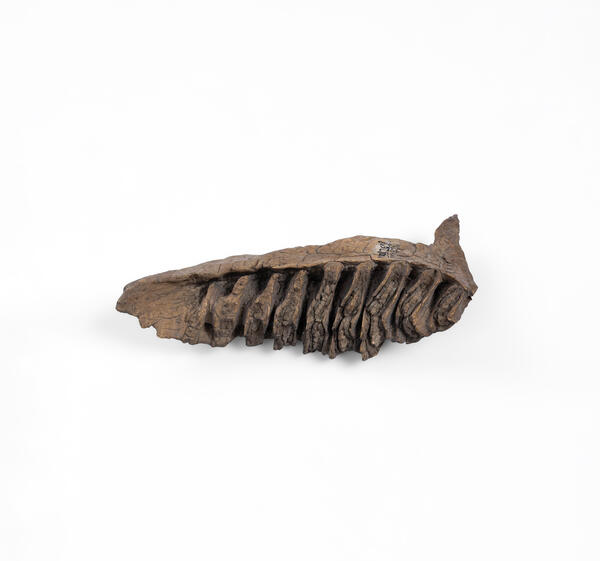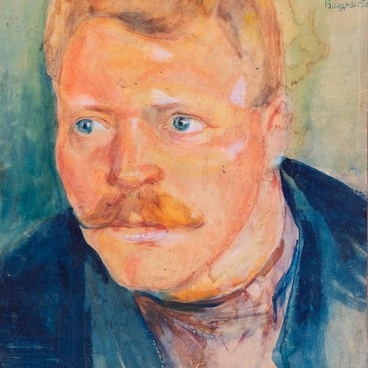A significant amount of information about the ancient history of Primorsky Krai was obtained not only as a result of targeted scientific research, but also thanks to accidental discoveries. Archaeological artifacts and fossils of ancient animals were discovered as a result of mining operations.
In 1913, rich coal seams were discovered in the area of the ninth versta of the Suchanskaya railroad to the north of Vladivostok. Leiba Shimon Skidelsky, a famous businessman from Vladivostok, bought the mining rights. By the order of Leiba Skidelsky three mines and a settlement were founded on the swampy land called zybuny, hence the name of the coal mines — “Zybunnye”. Following the establishment of the Bolshevik regime in the Far East, on May 9, 1923, all financial assets, enterprises and real estate belonging to Skidelsky were nationalized by the resolution of the Dalrevkom (Far Eastern Revolutionary Committee). In the same year, a workers’ demonstration was held, where it was decided to name the mine and the settlement after the Soviet party activist known under the pseudonym “Comrade Artyom” (Fyodor Andreevich Sergeev). It was in the coal mine of the town of Artyom that a fragment of the jaw of a fossil amynodon was discovered in 1957.
The amynodon is a representative of the Indricotherium fauna, extinct mammals of the ungulate order that lived during the Middle Oligocene, more than 20 million years ago. The Indricotherium fauna was discovered in 1915 in western Kazakhstan by the paleontologist Alexei Alexeevich Borisyak. He discovered fossilized bones of Indricotherium, a giant representative of the rhinocerotoidea typical of the Indricotherium fauna, and several other thermophilic animals in the Turgai hollow (hence its second name — Turgai fauna).
Amynodons (Lat.
Amynodontidae), or swamp rhinoceroses, inhabited North America and Europe in
the Middle Eocene-Oligocene, and Asia from the end of the Early Eocene to the
Early Miocene. According to A. V. Lopatin’s description, the animals were
large, about four meters long, with no horns, had a short and wide skull, large
canines, and molars like real rhinoceroses. Some representatives of amynodon
species had short limbs, extended hands and feet (four toes on the front and
three on the hind) and were adapted to a semi-aquatic lifestyle, like modern
hippos. Others had more typical ungulate proportions and a tapir-like proboscis
and could live on land.




